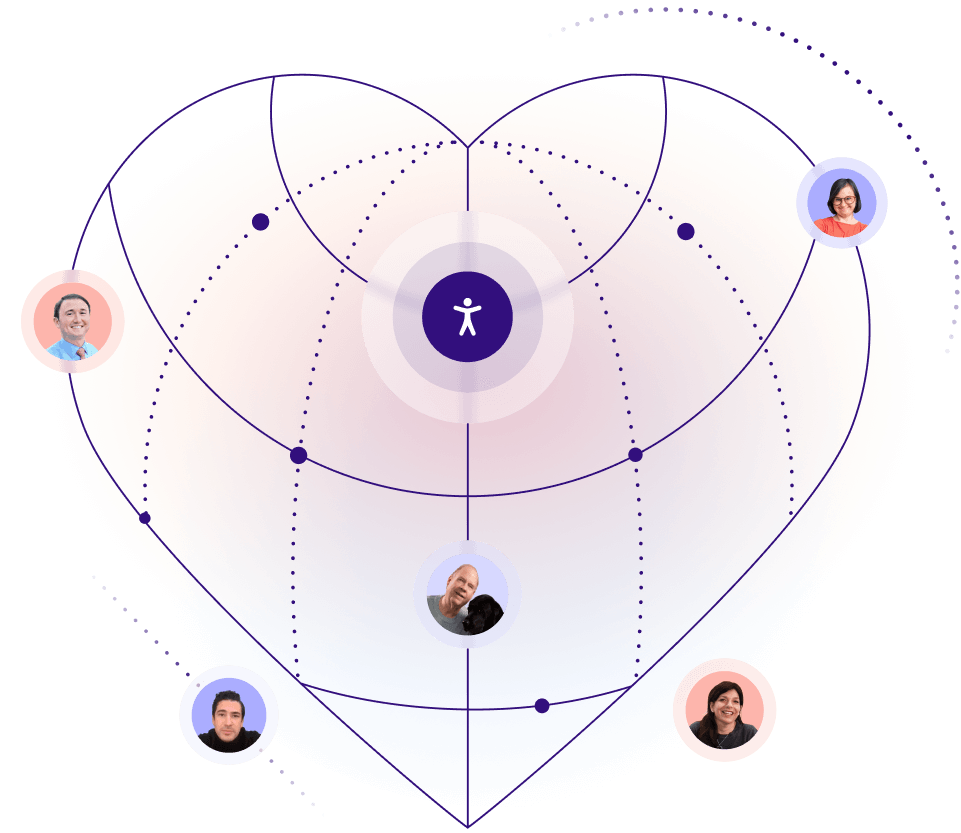Web Accessibility Knowledgebase
Read full article Six months after the EAA enforcement date: Are eCommerce leaders truly prepared?
Six months into EAA enforcement, eCommerce leaders are finding gaps in their accessibility readiness. Here’s what they can do to move forward.
- ...

